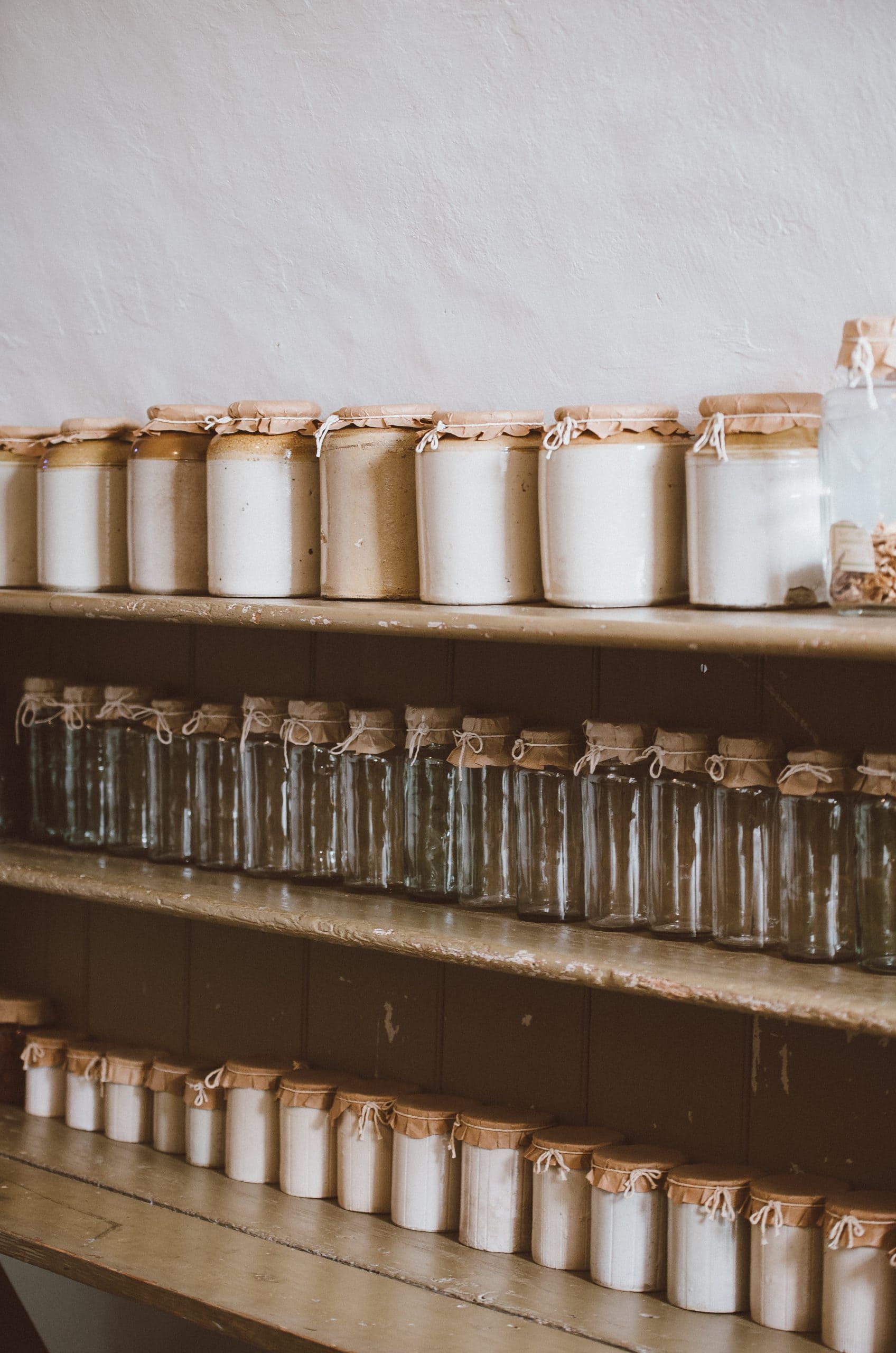
I must admit, one of my absolute favorite activities is grocery shopping. Yep, I’m that person who can spend hours exploring the aisles, discovering new ingredients, and getting inspired to whip up delicious meals. Now, I understand that the grocery store isn’t everyone’s idea of a good time, but fear not – this little guide is here to make your trips easier, more cost-effective, and maybe even a tad more enjoyable.
The reason I’m encouraging you to start with a well-stocked pantry is simple: it makes preparing healthy meals a breeze. However, don’t let this list overwhelm you or feel pressured to rush out and grab every single ingredient listed. It’s more of a guideline showcasing the types of ingredients I frequently use in my recipes. As always, do what works best for you because personal preferences vary.
When I’m whipping up a meal or developing a new recipe, I like to focus on two to three core ingredients and then use my pantry staples to complement them. Nowadays, you can find the majority of these ingredients at your local supermarket, but I also love exploring options at local farmer’s markets, health food shops, and online retailers. Online shopping, in particular, is convenient and often my go-to choice, plus it often comes with some great deals!
By choosing wholefood ingredients that are minimally processed, you’re not only helping your health but you’re helping the environment too.
Make sure you check back regularly as I’m always adding to the list of my favourite stores to buy bulk items.
- Naked Foods (20% Off on the First Monday of the Month)
- The Source Bulk Foods
- Terra Madre Organics (Melbourne)
- The Wholefood Collective (Online Store)
I’d love to know if you have any favourite places you shop at so I can add them to the list! Head over here and let me know!
Pantry Staples

Flours & Meals
There are a number of flours and meals available on the market, but which one is right for you? Well it all comes down to personal preference and what you are using it for. If you’re not fussed about gluten content, spelt flour is a great 1:1 replacement in baking.
If you are coeliac/gluten intolerant often swapping flours in a recipe can be a bit tricky. It’s often best to use a combination of flours and you’ll often need to an extra egg per 1 Cup of flour to help bind it all together. Alternative flours generally come in the plain form only and so you will need to add some form of raising agent like baking powder/soda, usually only 1 teaspoon.
Gluten & Grain Free Flours:
Grain Containing Flours:
- Almond meal
- Arrowroot powder/starch (used to increase the
starch in recipe when using gluten free flours) - Buckwheat flour
- Coconut flour (it cannot be swapped 1:1 with wheat flour as it absorbs A LOT of liquid. I
generally use 1/4 cup with 1-2 cups of another flour) - Millet flour
- Quinoa flour
- Brown Rice flour (Gluten Free)
- Oat flour (Gluten Free)
- Spelt Flour
- Rye Flour
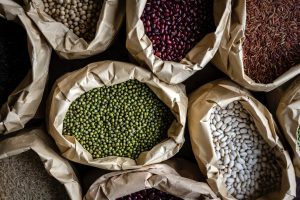
Grains
While not all the below are necessarily ‘grains’ they can be used in place of grains. Once again, this is just a guide so once you have an idea you can add in and remove what you like.
- Quinoa (gluten and grain free)
- Wild or Black Rice, Basmati, Brown Rice
- Chickpea or Gluten Free Pasta
- Buckwheat groats/kernels (technically a seed but can be used like a grain. They are gluten free and make a great substitute for porridge).
- Oats (Ensure they are rolled and certified wheat free if you are gluten intolerant. Oats are known to still contain small traces of gluten so I would avoid them if you are Coeliac).

Legumes & Pulses
Legumes are an amazing source of protein and fibre and are especially great if you’re wanting to add more plant sources in your diet. Often, people can struggle with digestion after eating these foods so take note on how you have prepared them, as eating them raw can sometimes cause an inflammatory response.
If you can prepare them fresh, fantastic – if not canned is fine! More often than not, I’m reaching for a can when, especially when I’m strapped for time!
- Black Beans
- Chickpeas
- Cannellini beans
- Kidney beans
- Red, Brown, Yellow and Puy (French) lentils
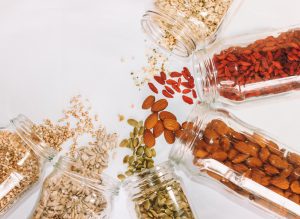
Nuts & Seeds
I always advise that if you’re going to eat nuts and seeds make sure they are raw and unsalted. Sometimes I do soak and activate them, especially almonds, as this does help with breaking them down during digestion. It’s always best to keep them in airtight containers out of direct sunlight to prevent them from going rancid. A lot of my recipes call for almonds or macadamias, but feel free to interchange them with whatever nuts and seeds you have on hand.
- Almonds (whole, slivered/flaked)
- Brazi Nuts
- Cashews
- Chia Seeds
- Hazelnuts
- Linseed/Flaxseed
- Macadamias
- Peanuts
- Pepitas
- Pine Nuts
- Pistachios
- Sunflower Seeds
- White and Black Sesame Seeds
- Walnuts
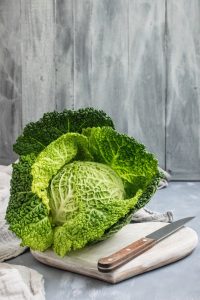
Fruits & Vegetables
There’s nothing much to add here except load up on lots of seasonal fresh fruit and vegetables. If you can support local farmers markets great! If not buying from your local supermarket is great too! As long as you’re including more fresh veggies and fruits, you’re doing great!
I generally eat about 80% vegetables 20% fruit. I eat A LOT of berries and bulk my salads with a range of leafy greens, protein, nuts and seeds. Also, if you can only get your hands-on frozen fruit and veg, that’s totally fine too! There is nothing wrong with frozen fruit and vegetables so don’t listen to anyone who tells you otherwise!
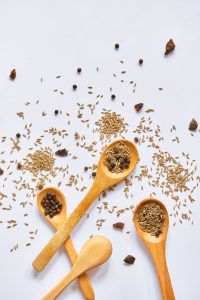
Herbs & Spices
This list is exhaustive, but it’s what I usually have on hand and are my most used herbs and spices. From these herbs and spices I then make my own seasonings like Mexican, Moroccan, Indian and Italian etc to use in tacos, curries, veggies and meats etc.
- Bay leaves
- Cardamom, ground
- Cardamom, pods
- Cayenne powder
- Cinnamon, ground
- Cinnamon, quills
- Chilli, flakes
- Chilli, powder
- Cloves
- Coriander seed, ground
- Cumin, ground
- Curry leaves
- Curry powder
- Fennel seeds
- Garam masala
- Garlic Powder
- Ginger, ground
- Mustard, powder
- Mustard, seeds
- Oregano, dried
- Paprika, smoked
- Paprika, sweet
- Pepper (whole, to go in your mill)
- Rosemary, dried
- Salt, pink or sea salt
- Tarragon
- Turmeric
- Vanilla beans, vanilla powder, vanilla bean paste or real vanilla essence (not vanilla flavour)
Mini Herb Garden:
- Basil
- Chives
- Coriander
- Mint
- Oregano
- Parsley
- Rosemary
- Sage
- Thyme
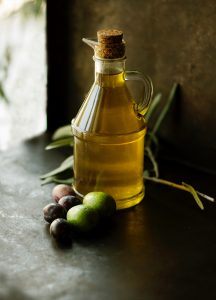
Oils & Vinegars
It’s important to choose the right oil for the right purpose because all oils aren’t the same. While some oils have a high smoke point, meaning they can be heated to very high temperatures without changing their chemical structure and health benefits, others cannot.
The best oils to use for cooking/heating:
- Avocado Oil (low to moderate temps)
- Grass-fed Butter (low temps)
- Cold-Pressed Coconut Oil (raw, unrefined or virgin is best – low to moderate temps)
- Refined Coconut Oil (high temps >175 C )
- Ghee (high temps)
- Macadamia Oil (low to mod temps)
- Cold-Pressed Extra Virgin Olive Oil (low to mod temps only)
The best oils to use for dressings:
- Cold-Pressed Extra Virgin Olive Oil
- Flaxseed Oil
Oils to avoid:
- Canola Oil
- Corn Oil
- Grapeseed Oil
- Rapeseed Oil
- Safflower Oil
- Soya Bean Oil
- Sunflower Oil
- Vegetable Oils
Vinegars:
I mainly use vinegars for dressings along with lemons and limes. My favourites include:
- Apple Cider Vinegar
- Balsamic Vinegar
- Red Wine Vinegar
- Rice Wine Vinegar
- White Wine Vinegar

Condiments & Sauces
- Fish Sauce
- Tahini (hulled)
- Tamari (gluten free soy sauce)
- Coconut Aminos
- Sesame Oil
- Wholegrain Mustard
- Dijon Mustard
- Homemade Aiolis/Mayo

Sweeteners
Let’s get one thing straight – sugar is sugar, no matter the form it”s in. In saying that, it’s important to consume whatever sugar you intend to mindfully, as reducing its consumption really is going to improve your health ten-fold.
All sugar needs to be metabolised by the body, so the best thing you can do is choose a less processed form that holds some nutritional value. Now my advice is to avoid all white, raw, brown sugars, high fructose corn syrup, agave and artificial sweeteners.
If my recipes require a sweetener these are the ones you will usually see me use:
- Honey, raw and unprocessed (locally produced if you can)
- Pure Maple Syrup (100% pure – it should be the only ingredient listed)
- Brown/Malt Rice Syrup (Fructose Free – I usually go for Pure Harvest)
- Coconut Sugar
- Rapadura Sugar
- Stevia (Liquid of Green Lead Stevia Powder)
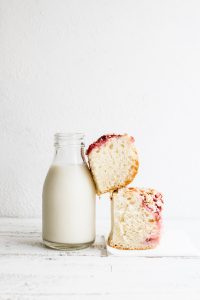
Dairy & Alternatives
- Grass Fed Butter – only the real thing and never the spreadable varieties or margarine.
- Cheese – only real thing with nothing but dairy, rennet and cultures – think feta, goat, parmesan, soft and hard cheeses.
- Milk – this comes down to personal preference. If you choose to drink regular cow’s milk make sure it is full-fat, as low-fat is highly processed.
- Yoghurt – choose natural full-fat or Greek yoghurts and add your own fruit and granola toppings to it. Coconut yoghurt is also a great and delicious alternative.
- Coconut Milk
- Coconut Cream
- Nut Milks (look for unsweetened and oil free varieties)

Fridge/Freezer
My fridge and freezer are usually full of premade meals for when I’m time poor and need a quick snack. It’s also full of veggies and fruits that I use in stir-fry’s and smoothies. It’s often the cheapest and most convenient way for many when they start their wholefoods journey.
Both fresh and frozen fruit and veg are full of nutrients so as long as you’re getting them at every meal you have nothing to worry about.
- Raspberries
- Blueberries
- Mango
- Bone broth
- Homemade Baked/Raw Treats/Snacks
- Dairy & Gluten Free Ice cream (If I haven’t made my own, I usually go for Pana – Salted Caramel!!!)
- Coconut Water
- Kombucha
- Kefir
- Nut Milks
- Coconut Milk
- Coconut Yoghurt
- Various cuts of meat/poultry/fish

Other Staples I Have On Hand
- Tinned tomatoes (whole and diced)
- Passata
- Garlic
- Onion
- Tinned Tuna, Salmon, Sardines
- Coconut Milk
- Coconut Cream
- Nut Butters
- Broths
- Cacao powder (can use cocoa) ensure it’s always unsweetened
- Coconut – shredded, desiccated, flakes, chips – toasted
- Nori sheets/rice paper
- Gluten Free Baking Powder
- Baking Soda
- Dried fruits (medjool dates, cranberries, gogi berries – ensure they are unsweetened and free from oils)
There you have it, my friends! The world of grocery shopping is full of exciting options waiting to be discovered. I hope this guide sheds some light on your ingredient quests as you explore those aisles. Keep an eye out for Part 3, where we’ll dive into the wonderful world of seasonal produce.
Ready to stock your wholefoods pantry like a pro? Sign up below to receive Part 2: How to Stock Your Wholefoods Pantry in an easy-to-download PDF, delivered straight to your inbox!
Happy shopping!
